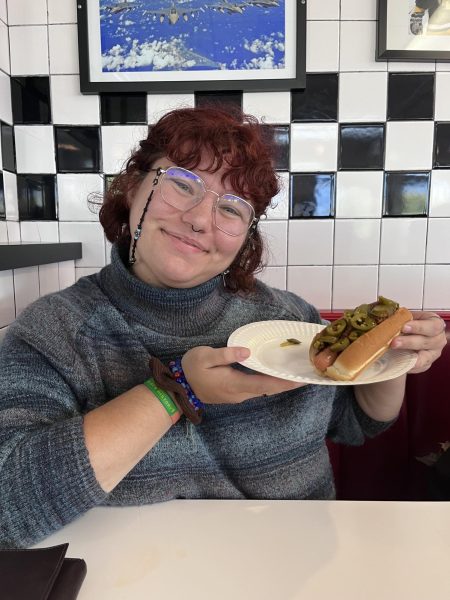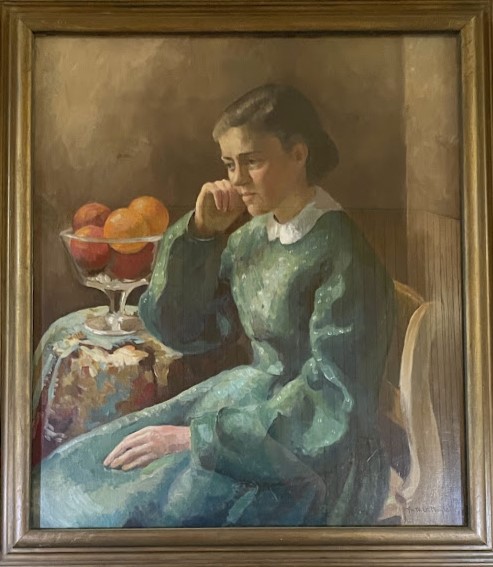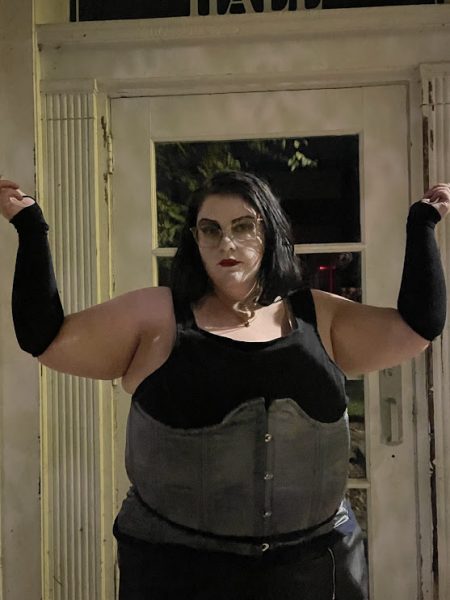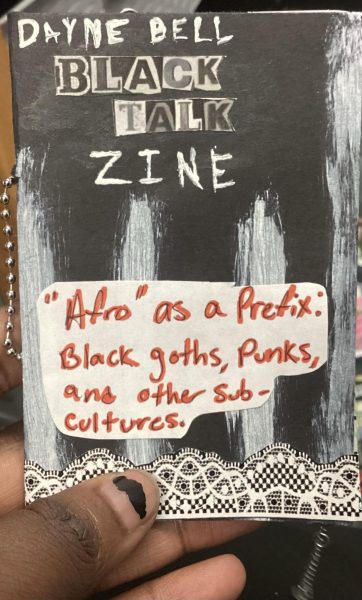“Fuller House” tramples memory of its predecessor
On Feb 26, the Tanner house was filled once again when Netflix, the popular television show and movie streaming site, released a spin-off of the 1990s’ hit sitcom “Full House” with most of the original cast.
“Full House” was about a single father, left with three girls to raise after his wife passed away. He had the help of a family friend and his brother-in-law, and the show focused on the adventures the three men had while raising three little girls. The spin-off, “Fuller House,” used this same exact plot, but switched the gender roles, which left me disappointed.
The show started off with the well-recognized theme song and led right into Danny Tanner (Bob Saget), the father figure, interacting with his grandson. Next came Uncle Jesse (John Stamos) and family friend Joey (Dave Coulier). It started to feel like the gang was back together again. The cast slowly filled the familiar kitchen to claps from the live studio audience, and viewers were introduced to some new cast members.
From the very first episode it was apparent that the scripting was too similar to the original “Full House.” It mirrored the original storyline, as Danny’s oldest daughter was now a single parent raising three boys, and Kimmy Gibbler (Andrea Barber) was now what Joey had been to Danny, but with a family of her own, and Stephanie Tanner (Jodie Sweetin) was the new Uncle Jesse.
It seemed as if the creators focused heavily on providing flashbacks and referencing the old show, rather than producing new material. Yes, this was a spin-off series and there was bound to be some overlap between the two shows, but the included amount of old material felt incredibly forced. In addition to the overlapping characteristics, there was an insane amount of subliminal advertising for just one actresses’ other affiliations.
In episode three, “Funner House,” D.J. (Candace Cameron Bure) went to a dance club and met two new guys (Val and Maksim Chmerkovskiy), who just happened to be from “Dancing With the Stars.” Cameron Bure was a contestant on the previous season, and her character in “Fuller House” mentioned that she learned how to dance from watching “Dancing With the Stars.” This was not the only painful subliminal advertising for this one actress. Currently, Cameron Bure is a co-host on the popular daytime talk show, “The View.” In episode eleven, “Partnerships in the Night,” her sister was trying to decide what daytime show to watch, and she said, “Always go with The View.” Later in the conversation they discussed another co-star on “The View,” actress Raven Symone, and D.J. said, “Oh, what does she know, she is a child actress,” making it harder to continue to watch the show.
To my surprise, the only good acting came from Andrea Barber, who was not a leading character in “Full House.” After 21 years, the once-talented actors and actresses seemed to have lost their spark. Their acting was sub-par in comparison to other popular shows and series that can be found on Netflix, which was highly disappointing.
It felt like a show comprised of people who did not even know how to begin acting. There were countless moments where the jokes were dry and fell flat, which did not contribute to making the show entertaining. I can honestly say that I never truly laughed out loud at any part of the show, and the fake audience laughter became overwhelming at points when there was truly nothing to laugh about.
In the second episode of the series, D.J. and Stephanie had a private conversation that was supposed to be funny, but it was flat-out corny, which ruined any potential of the joke. D.J. was confiding to Stephanie about a semi-serious topic, while Stephanie found any reason to make viewers laugh by actually “spilling the beans” in the fridge, forcing the joke and the laughter. This is just one of many, many examples of the bad jokes that this series offered.
The well-known catchphrases from the original series, such as “Oh my Lanta,” “how rude,” “you got it, dude,” and so on were so over used in each episode that any true laughter that could have come from these phrases was lost.
The sentimental and emotional attachment people had to “Full House” seems to be the sole reason people are even considering watching “Fuller House.” Anyone unfamiliar with the original show is likely going to find it unbearable after merely one or two episodes.
It did not live up to my expectations. That being said, people attached to “Full House” may still watch the spin-off series because they grew up watching these characters. Viewers like myself became so invested in “Full House” that there is almost an obligation to see where they are now. Nostalgia drives us to keep on watching one more episode, with the hopes that it will be just as good as the original show.
“Fuller House” had the potential to be phenomenal, but, for whatever reason, the producers came up short. The question is, will “Fuller House” be all that is remembered of “Full House”? Probably not, but anyone who has not seen “Full House” at this point will likely not give it a chance, or even watch the show.
They needed to put more on the table to rival the success of the original show. “Fuller House” was an overall disappointment and only die-hard fans, like myself, may continue to watch this series out of obligation.






